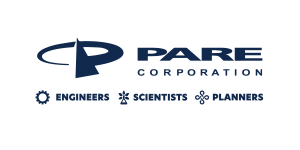Resource
Development and Review of Surveillance Programs for Tailings Dams
A good dam surveillance program is the foundation of an overall tailings dam safety program. Tailings dams are dynamic and continually evolving structures, under construction on a regular, and often near-continuous, basis, and have a closure phase that lasts "forever". This is in contrast to conventional, water-retaining dams, which are built in a single stage at the onset of the project, have a finite operating life and are not required to last "forever". Tailings dams also can undergo environmental as well as physical failure, unlike conventional water-retaining dams that can only undergo physical failure. Accordingly, requirements for tailings dam surveillance, contrary to common perception, can be and frequently are more stringent, requiring frequent review and modification, than is the case for conventional waterretaining dams of equivalent hazard rating. Case history experience has repeatedly demonstrated that a great many tailings dam failure modes give warning signs that, if properly monitored and interpreted, give advance warning of problems, affording the opportunity to take preventative measures. This experience serves to emphasize the importance of a good surveillance program for tailings dams. Such a program involves much more than simply specification of instrumentation, reading those instruments, and filing of data reports. It requires understanding and management of risk, commitment, adequate resources and support, awareness, interpretive imagination, and clarity of communication among all responsible parties.


































